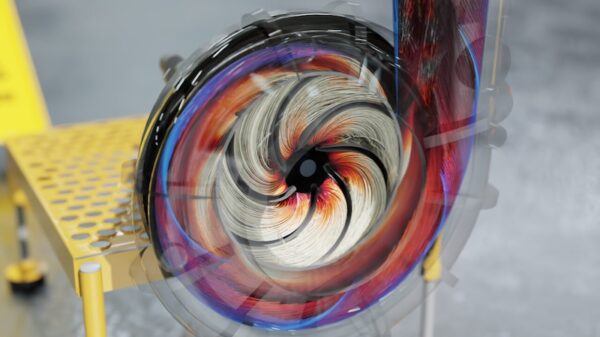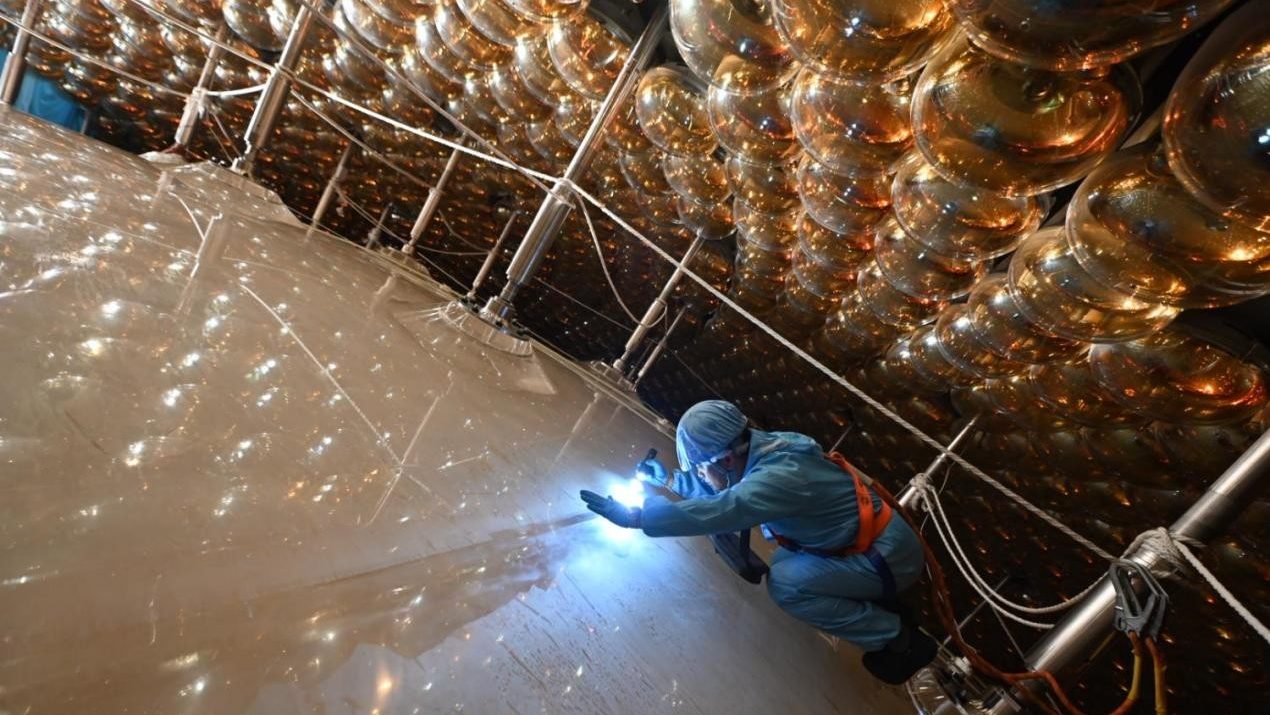The Jiangmen Underground Neutrino Observatory (JUNO) in Guangdong, China, has officially commenced data collection, marking a significant milestone in the study of neutrinos. This facility, which is the world’s largest neutrino detector, aims to enhance our understanding of these elusive particles that permeate our universe.
Understanding Neutrinos
Neutrinos are neutral particles that possess minimal mass, making them incredibly difficult to study. Often referred to as “ghost particles,” they can pass through ordinary matter with little to no interaction. The term “neutrino” was coined by physicist Enrico Fermi, meaning “little neutral one.” The existence of neutrinos challenges existing theories, particularly the Standard Model of Particle Physics, which does not account for their mass.
JUNO aims to unravel some of the mysteries surrounding neutrinos, focusing on their unique properties, including neutrino oscillation—the phenomenon where neutrinos switch between their three known types, or “flavours.” The facility’s data could provide critical insights into fundamental questions in particle physics.
Features of the JUNO Facility
Located 700 metres underground, JUNO houses 20,000 tonnes of liquid scintillator, a substance that emits light when excited by passing particles. This scintillator is contained within an acrylic sphere surrounded by 43,200 photomultiplier tubes (PMTs), which detect the light produced during neutrino interactions. The entire setup is further shielded by an additional 60,000 tonnes of ultra-pure water, minimizing interference from background radiation.
While JUNO is currently the largest neutrino detector, it may not hold that title indefinitely. Japan’s upcoming HyperKamiokande facility, set to begin operations in 2028, will feature a massive 258,000-tonne water vessel, potentially reclaiming the title of the world’s largest neutrino observatory.
Despite the competitive nature of scientific advancements, the open sharing of results ensures that the global scientific community benefits from these discoveries. As JUNO collects data on antineutrinos and conducts beam experiments to study neutrino oscillations from nearby nuclear reactors, it stands poised to contribute significantly to our understanding of the universe.
The launch of JUNO represents not only a technological achievement but also an important step in the ongoing quest to understand the fundamental components of our universe. As researchers gather and analyze this data, the potential for groundbreaking discoveries looms large on the horizon.



































































